A new treatment plant can make energy, clean water and chemicals.


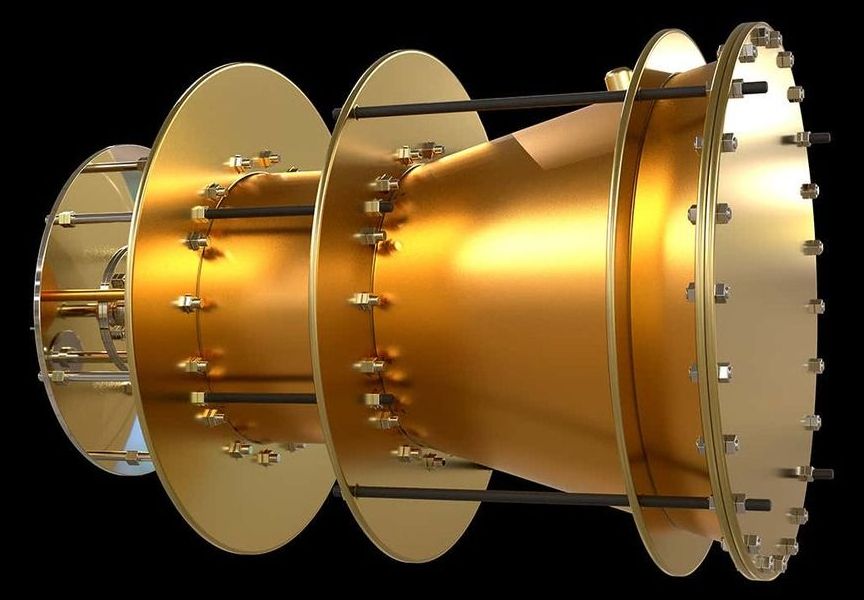
“It would also need to be big – some 200 metres long and 12 metres in diameter – and powerful, requiring 165 megawatts of power to generate just 1 newton of thrust, which is about the same force you use to type on a keyboard. For that reason, the engine would only be able to reach meaningful speeds in the frictionless environment of space. “The engine itself would be able to get to 99 per cent the speed of light if you had enough time and power,” says Burns.”
A NASA engineer has published plans for an engine that could accelerate a rocket without using propellant. But there are questions over whether it could work.
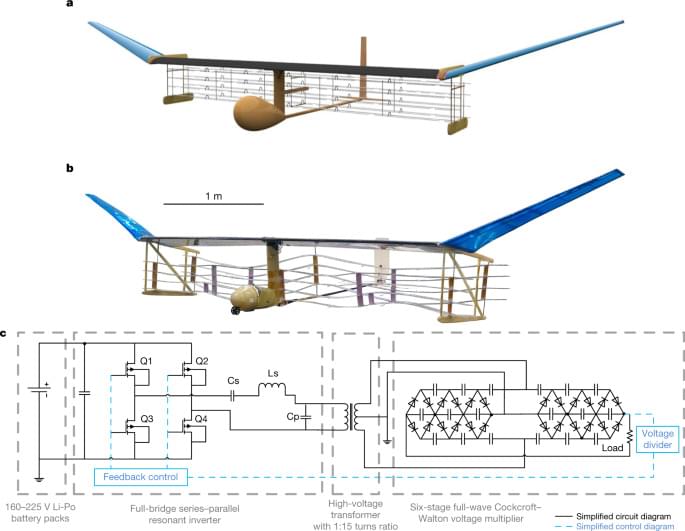
Circa 2018
Since the first aeroplane flight more than 100 years ago, aeroplanes have been propelled using moving surfaces such as propellers and turbines. Most have been powered by fossil-fuel combustion. Electroaerodynamics, in which electrical forces accelerate ions in a fluid1,2, has been proposed as an alternative method of propelling aeroplanes—without moving parts, nearly silently and without combustion emissions3,4,5,6. However, no aeroplane with such a solid-state propulsion system has yet flown. Here we demonstrate that a solid-state propulsion system can sustain powered flight, by designing and flying an electroaerodynamically propelled heavier-than-air aeroplane. We flew a fixed-wing aeroplane with a five-metre wingspan ten times and showed that it achieved steady-level flight. All batteries and power systems, including a specifically developed ultralight high-voltage (40-kilovolt) power converter, were carried on-board. We show that conventionally accepted limitations in thrust-to-power ratio and thrust density4,6,7, which were previously thought to make electroaerodynamics unfeasible as a method of aeroplane propulsion, are surmountable. We provide a proof of concept for electroaerodynamic aeroplane propulsion, opening up possibilities for aircraft and aerodynamic devices that are quieter, mechanically simpler and do not emit combustion emissions.
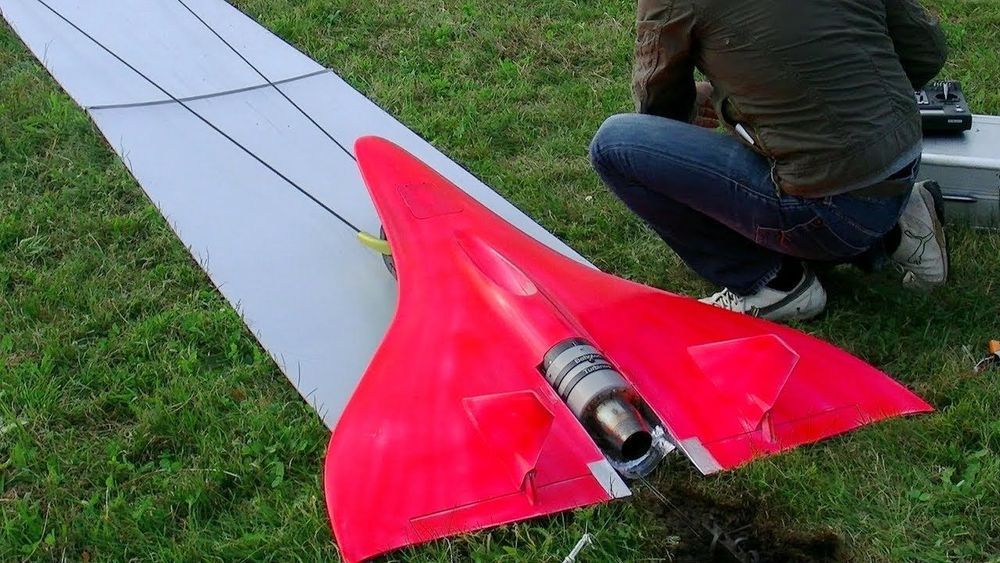
Model: RC Speeder “Inferno” full GFK
Engine: Turbine Behotec 180
Fuel: Kerosene
Take-off weight: 7.5Kg
Max Speed: 750 Kmh / 466 Mph
http://guinnessworldrecords.com/world-records/fastest-remote-controlled-jet-powered-model-aircraft-(rc)/
More videos from this jet you can see my playlist:
Copyright ©: RC MEDIA WORLD
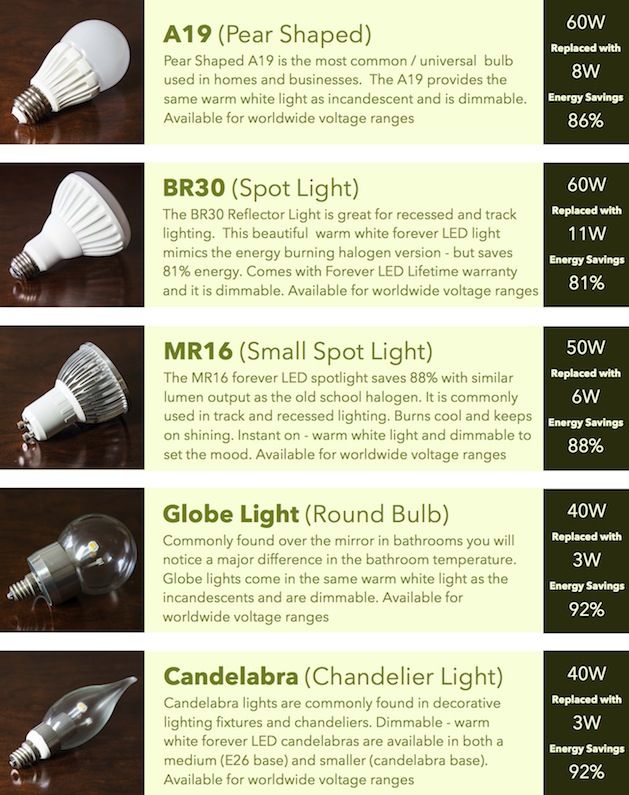
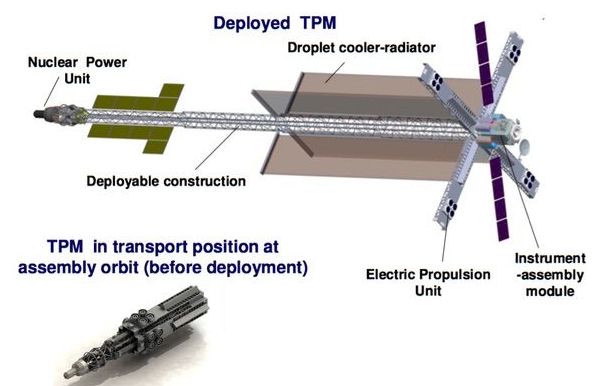
There is strong evidence from publicly available sources that a Russian company called KB Arsenal is working on a new type of military satellite equipped with a nuclear power source. Called Ekipazh, its mission may well be to perform electronic warfare from space.
KB Arsenal, based in St. Petersburg, is no newcomer to the development of nuclear-powered satellites. In the Soviet days it built satellites known as US-A (standing for “active controllable satellite”), which carried nuclear reactors to power radars used for ocean reconnaissance (in the West they were known as “radar ocean reconnaissance satellites” or RORSAT for short.) The satellites had been conceived in the early 1960s at the OKB-52 design bureau of Vladimir Chelomei before work on them was transferred to KB Arsenal at the end of that decade. The satellites’ three-kilowatt thermoelectric reactors, known as BES-5 or Buk, were built by the Krasnaya Zvezda (“Red Star”) organization. The US-A satellites operated in low Earth orbits at an altitude of roughly 260 kilometers and, after finishing their mission, the reactors were boosted to storage orbits at an altitude of about 900 kilometers.
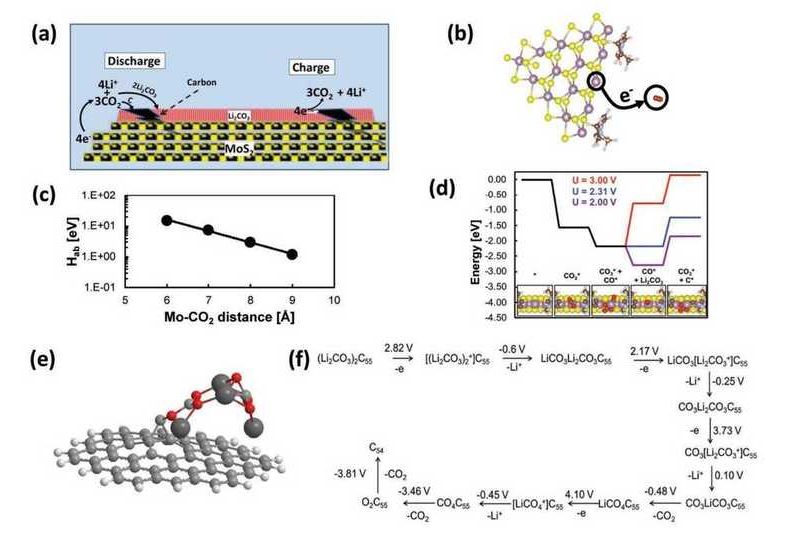
You may think that lithium-ion batteries are the best man can create, but researchers believe otherwise. There are other combinations of elements that are very promising. What about a cell with potential for seven times more energy density than Li-Ion could ever achieve? State of the art for current batteries would be 256 Wh/kg. Lithium-Carbon Dioxide batteries – or Li-CO2, for short – can theoretically reach 1,876 Wh/kg. Researchers at the University of Illinois at Chicago created the first usable Li-CO2 battery. It was tested to up to 500 cycles, and it worked, which is great news.
Researchers at the University of Illinois in Chicago created the first usable Li-CO2 battery. It has 7 times the energy density of a Li-Ion battery.
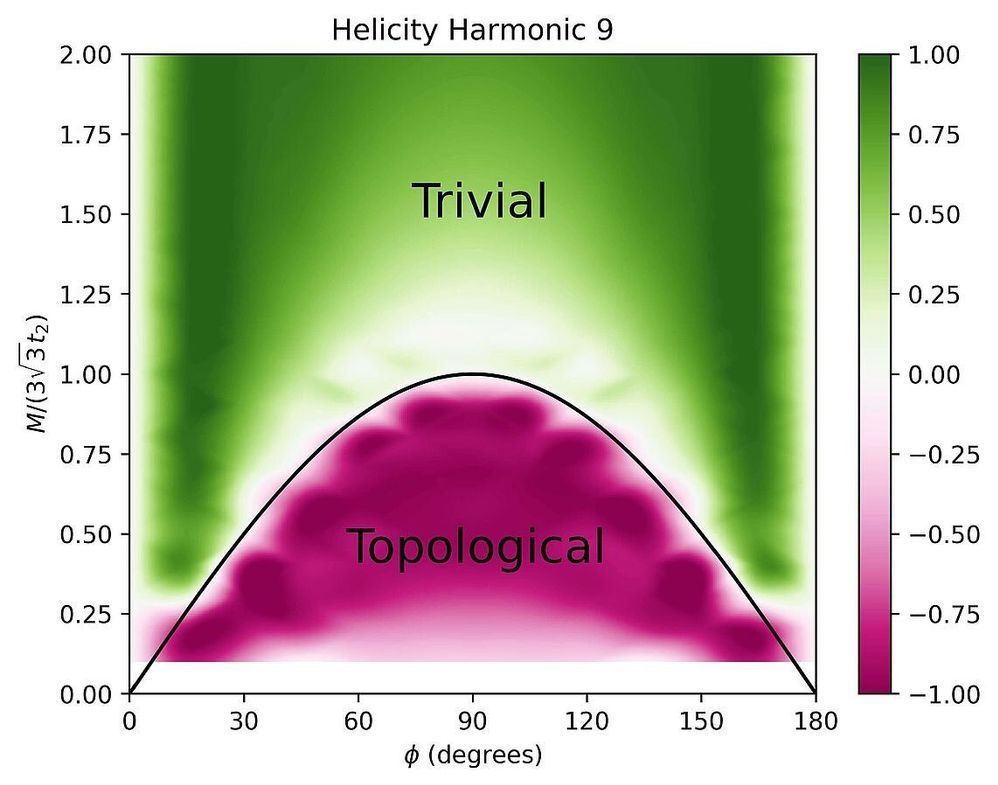
Topological insulators are quantum materials, which, due to their exotic electronic structure, on surfaces and edges conduct electric current like metal, while acting as an insulator in bulk. Scientists from the Max-Born Institute for Nonlinear Optics and Short Pulse Spectroscopy (MBI) have demonstrated for the first time how to tell apart topological materials from their regular—trivial—counterparts within a millionth of a billionth of a second by probing it with ultra-fast laser light. Their method could open the way for such materials to be used as logic elements in light-controlled electronics able to process information tens of thousands times faster as currently possible. Their study appeared in Nature Photonics.
The most common illustration of the topology concept involves an elastic pretzel, which can be stretched, bent, or twisted in any way; no matter the deformation, it is impossible to make a bagel out of a pretzel or add holes to it, without tearing it apart. The number of holes in a pretzel is thus invariant and provides topological information about the pretzel shape.
In a solid material, quantum-mechanical laws restrict which energies electrons can have, leading to the formation of bands with either allowed or forbidden energies. Using the concept of topology, physicists can describe complex shapes of allowed energy bands and assign them a specific topological number. A special topology of the band structure in a material system manifests itself in exotic properties that can be observed—such as the surface conductivity in topological insulators.
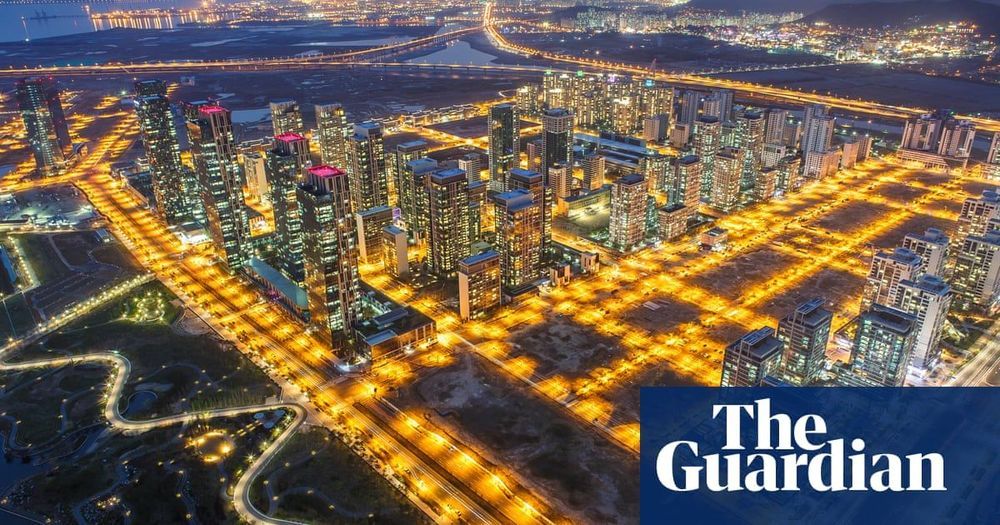
This new breed of city takes various different forms, from government initiatives, to public-private partnerships, to entirely private enterprises. Many are being used to jump-start economies in the developing world, with masterplans carefully calibrated to attract foreign investors and treasuries looking to sink their funds into something concrete. They provide a powerful means for wealthy countries to expand their strategic influence abroad, with the construction of new cities acting as a form of “debt-trap diplomacy”, tying host nations into impossibly burdensome deals. They are billed as a panacea for the world’s urban ills, solving overcrowding, congestion and pollution; yet, more often than not, they turn out to be catalysts for land dispossession, environmental degradation and social inequality.
The feature Kim enjoys most is a small touchscreen display on his kitchen wall that allows him to keep track of his and his wife’s consumption of electricity, water and gas and, most important, compare it against the average statistics for the building. Flicking between the screens of bar charts and graphs, a broad grin spreads across his face: for yet another day running, they are more energy-efficient than all their neighbours.
From their living room window at the top of one of the city’s new residential towers, a panorama of downtown Songdo unfolds. Across an eight-lane highway lies Central Park, a broad swath of trees surrounding an ornamental lake, flanked by rows of glass towers with vaguely jaunty silhouettes. Armies of identikit concrete apartment blocks march into the hazy distance beyond, terminating at a Jack Nicklaus-designed golf course. It looks a lot like many other modern Asian cities, a place of generic towers rising above a car-dominated grid. Public life is mostly confined to the air-conditioned environments of malls and private leisure clubs.
Initiated by the South Korean government in the late 1990s, when Incheon airport was being planned, Songdo represents a model that has been replicated numerous times around the world. Begun as a joint venture with US developer Gale International – which has since hawked its “city in a box” kit to other countries – the Songdo International Business District was conceived as a $40bn hub for international companies, an exemplar of sustainable urbanism and testing ground for new smart city technologies.
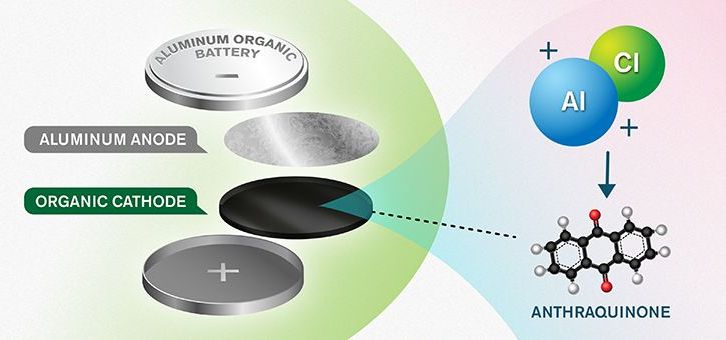
The devices, developed by a European research team, are said to have twice the energy density of conventional aluminum devices. The scientists used a cathode made of anthraquinone, instead of one based on graphene, increasing energy density.